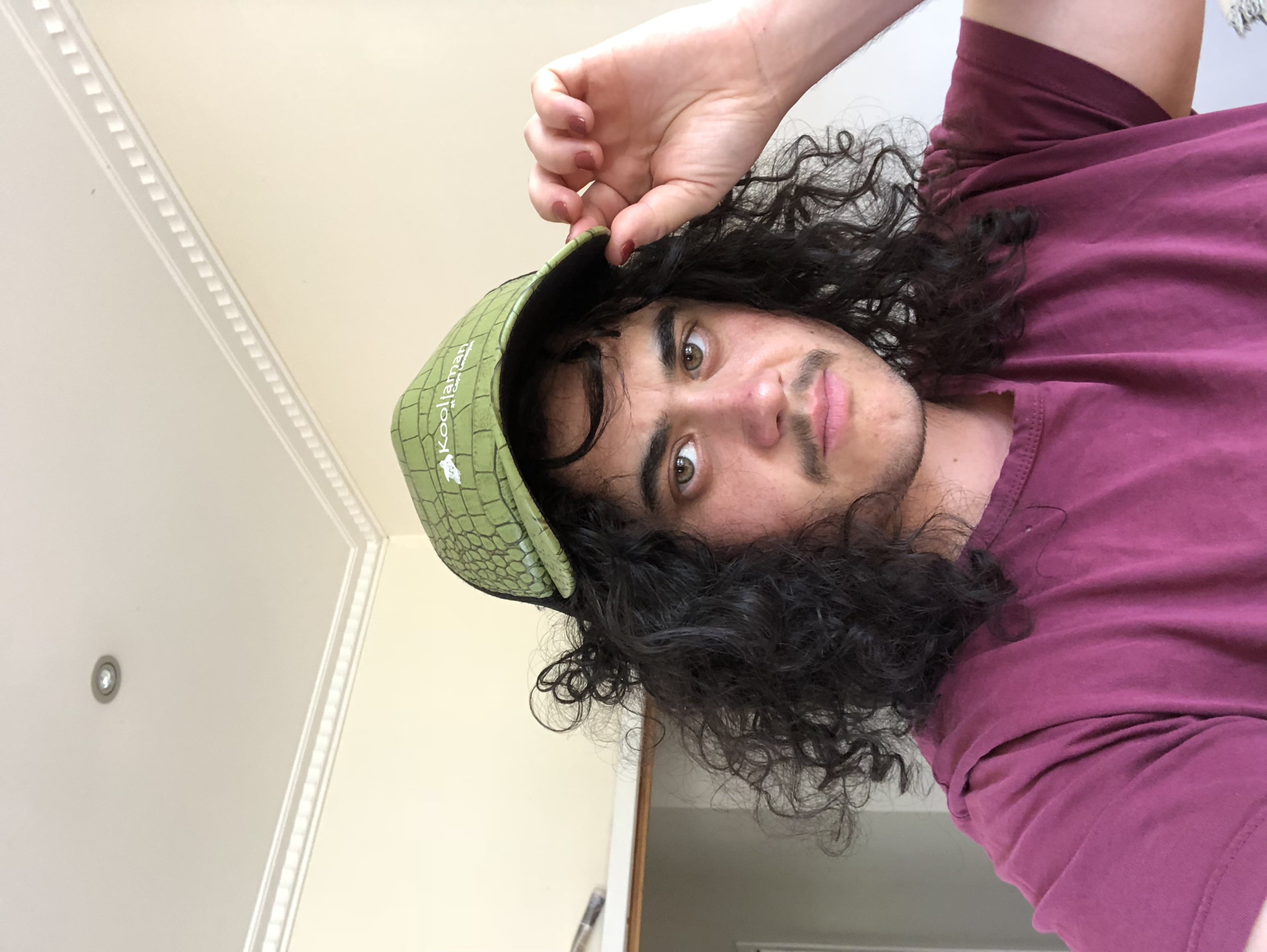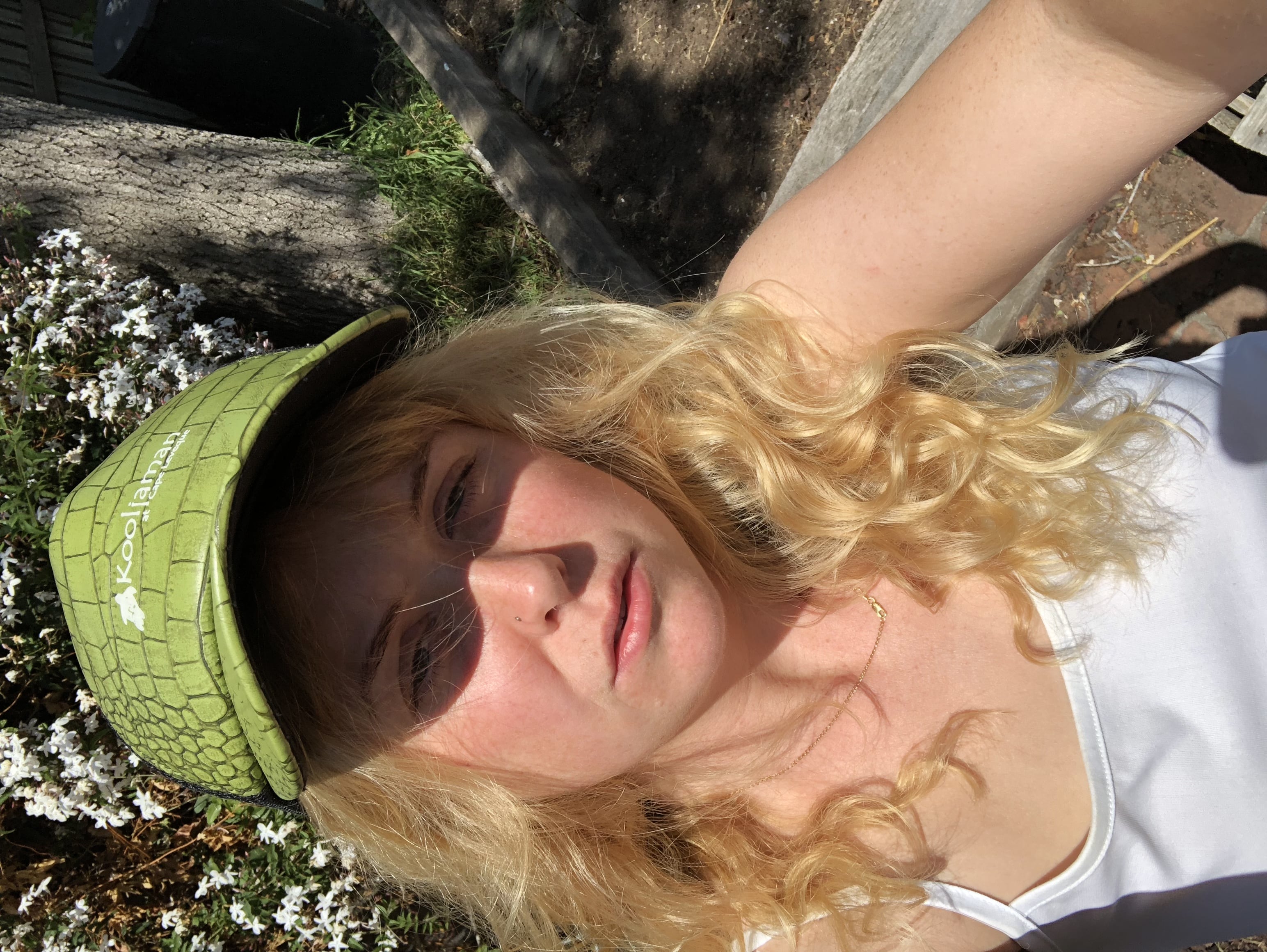Neika
An immediate issue that came up in this edition of un Magazine (although now I can’t remember if this is directly communicated in the articles or a sentiment picked up in contributor conversations) is that the doing of a collaboration is far more exciting than writing out the why. This is probably obvious — the doing in any relation(ship) is where the magic happens: motion & affect, cause & effect, confusion, half-remedies, sensing new paradigms, idealisms (shattered), movement, tension, movement. I can still feel the contours of all my own collaborations, the various lustres of seasonal skins. The body analogy is tempting (and full of irritations, proud hickies and mysterious rashes) but I’ll cut it short. We all know collaborations leave evocative, visceral marks. Perhaps this is why we were tempted by the topic, those unresolved scars of our own. Relationships, art — how to talk about it? It wasn’t really because we are in a collaborative relationship, that was a more delayed revelation (oh yeah!). But I think we’re more than that, too.
Pragmatically, it seemed a logical follow-on from our previous issue on decolonisation. Surveying un Magazine 12.1, contributors suggested their answer was dialogue, and working together to more deeply consider power and change colonised relations. It made sense to follow that path. To ask what was next. What does working together actually look like? What is interesting is that we received hardly any submissions actually willing to grapple with this topic. It seemed like everyone was happy to praise the potentials of inter-cultural dialogue in the art world, but were yet to come up with results. I think that’s why I value Kate ten Buuren’s article so much. Writing on behalf of this mob, Kate makes the point that their First Nations collective has done a lot of talking lately - those public events, all that dialogue. But ultimately what’s most important to them is building the collective’s inner strength and continuing to assess what’s needed and valued within their group. Right now, the collective is looking for an unconditional space to work in, which leads back to a question from our former editorial: what is the white artworld actually willing to give up?
I was having dinner with Métis critical writer & painter, curator & editor David Garneau recently, and he shared his firm belief that a collaboration is not such without significant disturbance. We talked about this in relation to cross-cultural collaborations, but we agreed that his theory is always applicable. Collaboration is bandied around a lot and, as Bhenji Ra points out in her piece in this issue, if we think about the very real historical legacies of others’ ideas on our own, then we’re always in relation to an other’s creative practice. But Garneau would say that a simple ‘coming together’ does not necessitate collaboration. Nor can collaboration simply be based in technique. The basis is in each party’s disturbance. It doesn’t have to be some incalcitrant scene of quarrel and chaos. But the psychic shift has to be pronounced, a disturbance to your life-world. And when it comes to the inter-cultural, power lines have to be shaken.
Between us, we have begun experimenting with writing forms, like when we wrote as a composite narrator/with a combined ‘I’. I like how it tests the trust of the reader. I really like that we get to set the terms of a shared privacy, mould the imaginative space and celebrate and explore intuition. Yes, the pleasures! Composite narration, or simply writing to you, also brings up those moments where we have been sure of telepathy, both waking and in dreams. And as you remind me, it’s a productive space to inhabit. I think readers will find many of our contributors writing to pleasures like these.
Maddee
We have talked before about being telepathically connected. People actually ask me if we’re going out all the time. In conversation people ask me how my partner is going, and they’re talking about you. I think it’s partly because we post so much about each other online. But I think I would actually be more hesitant to post so much about someone I was in that particular kind of relationship with; that’s a different kind of exposure. I feel like posting online to each other is a kind of communication between us, or even just self-promotion, performance. I love having an audience for this. I wouldn’t say you’re not my partner though, that almost feels like a lie too. But imagine how our working relationship would change if we were involved in another way.
What you mention about Garneau makes me think about this concept from an Indigenous standpoint theory about relationality being the basis of knowledge production and artistic practice. Even if you work ‘solo’, you get your knowledge from somewhere. I have struggled, for example, with the idea of citation in critical writing, when so many of the ideas that have become essential to my writing come from other Aboriginal people, from unpublished conversations, from mentors, from listening.
When we began this issue, I felt most interested in what happens when collaborations break down. There are so many stories I’ve heard of friendships and relationships ending during some kind of artistic or professional partnership. The ending is then prolonged or preserved in the artistic products; you don’t get to forget it. I’ve also heard stories about stolen intellectual property between friends, creative partners, lovers, and then follow up questions around who gets to own the intellectual products of a failed relationship anyway. Who gets to write about it afterwards? I was (or we were?) inspired by some of the concerns that had come up with pieces we had in the previous issue which featured white and Indigenous writers working together, or white writers working on texts about Aboriginal artists. Questions also came up about working ethically with archives and materials with the spectre of the museum hanging over it. I wanted writers to think about how — and if — we can work ethically within established subject/object dynamics.
I remember one of our contributors asked us early in the process of putting this issue together whether we were only interested in hearing about partnerships between Aboriginal and non-Aboriginal people, and that was a perspective check. The most vital and powerful working coalitions to me are between Aboriginal people. I had wanted to hear about the creative products of unequal power relationships and I think it started to sound like that was all we were interested in(/obsessed with) — the disasters. One unexpected question that came up for this issue was around working with someone who has passed away. I think if I died I would want you to take all the material I had left behind, and run with it.
[both laugh]


